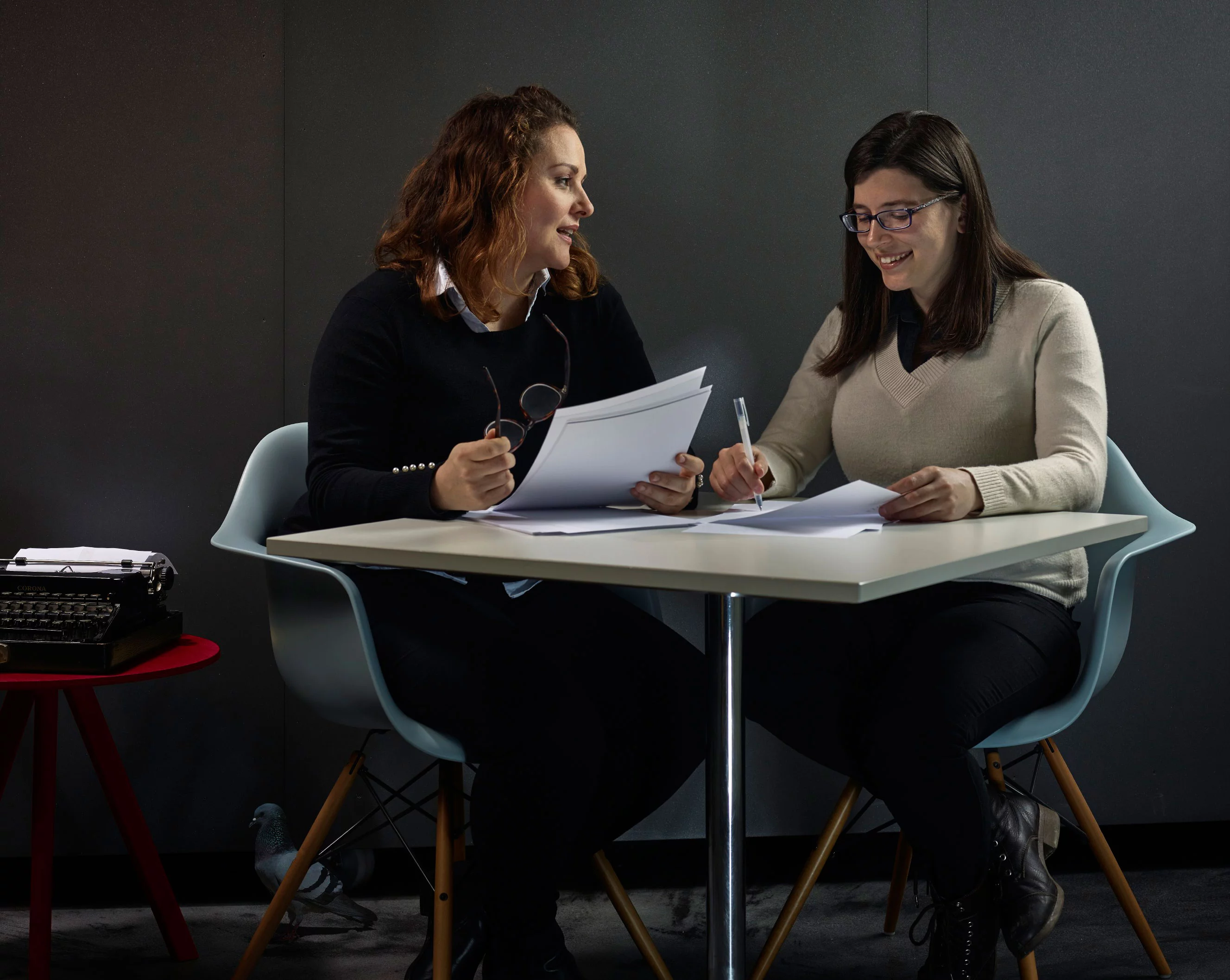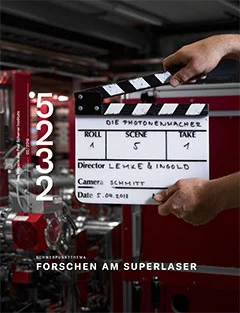How do dye-sensitised solar cells work, and what's behind the brilliant new mobile phone displays? The ultrashort X-ray pulses at SwissFEL reveal the chemical reactions that take place inside these devices and could help to make them even more efficient and cost-effective.
Giulia Mancini and Camila Bacellar are sitting in the PSI cafeteria and updating each other on the latest status of the research. I'm going to Lausanne tomorrow and Hamburg next week
, Giulia Mancini reports. The Italian scientist is a member of a research group at Ecole Polytechnique Fédérale de Lausanne (EPFL) but is stationed at PSI and will be travelling to Hamburg to discuss experimental possibilities with beam scientists at the European free-electron X-ray laser there. Anyone who works at these large research facilities, of which only five exist worldwide, is accustomed to frequent travel; so too is the Brazilian Camila Bacellar, who likewise belongs to the team in Lausanne.
The two scientists moved from the USA to Switzerland to join in the initial operations of SwissFEL and work at the cutting edge of research. The head of their group is a pioneer in the study of molecular structures in movement. Majed Chergui, a professor at EPFL, always stations young scientists from his team at PSI. Giulia Mancini is thrilled. I love this project here
, she says, and Camila Bacellar talks enthusiastically about the first pilot experiments in which they collaborated: There were a lot of emotional ups and downs in a short period of time
, she recalls. Everyone involved gave 150 percent.
In the first experiment at the measurement station Alvra the PSI team, together with researchers from Bremen and Krakau, investigated a material that might be suitable for OLEDs, organic light-emitting diodes. OLEDs are already used as displays in new mobile phones and provide intense colours and deep black. Yet the familiar materials are expensive. A less expensive but promising OLED molecule is based on copper and phosphorus. A physical phenomenon called thermally activated delayed fluorescence is responsible for high light-emitting efficiency. At SwissFEL the researchers investigated what role the phosphorus atoms play in the fluorescence process. The experiment showed that the phosphorus atoms are directly involved in charge transport within the molecule.
Glowing green images
That was a nice prototype of a chemistry experiment
, says Christopher Milne, beamline scientist at the measurement station Alvra, especially because the material gave off a lovely green glow.
When chemical bonds are newly formed or broken up, the process takes just a couple hundred femtoseconds (thousandths of a trillionth of a second). The X-ray flashes of SwissFEL are another order of magnitude shorter. Therefore they make it possible to take snapshots of individual reaction steps and assemble them into a movie that yields insights into the fast-moving events. With SwissFEL, we can study all kinds of things
, says Christopher Milne. For example, what happens when light hits a leaf or a solar cell and the energy is absorbed or converted.
Another experiment focused on dye-sensitised solar cells – an invention patented in 1992 by Michael Grätzel, a professor at EPFL. Grätzel cells consist of several layers. One obvious feature is the dye that captures light and, in doing so, releases electrons. Below it is a porous layer of tiny titanium-dioxide particles, which conduct the electrons onwards. The electrons are the charge carriers that provide the current. We want to find out what's happening in the Grätzel cell in the very first moments when light strikes it – where the current flows or where it gets stuck, which naturally is undesirable
, says Christopher Milne.
With the solar cells, it's all about boosting the efficiency
, says Giulia Mancini. She will be conducting experiments with cobalt oxide, which might prove even better suited for solar cells. Camila Bacellar, in contrast, wants to use SwissFEL to find out how molecules behave in solutions. This is fundamental research
, the scientist says. Her samples consist of iodine, which is vitally important to us, dissolved in alcohol. During the first pilot experiments, we were analysing data, programming, preparing a sample, or catching up on information with another group to solve a problem – a real exercise in multitasking
, Giulia Mancini reports. It's like working on a film set, where you have to deal with a lot of things at once, makeup, costumes, props, furniture, sound, location management.
Now the researchers are writing the screenplays for their own research films. In this job, it never gets boring
, the two laugh.
Text: Barbara Vonarburg



